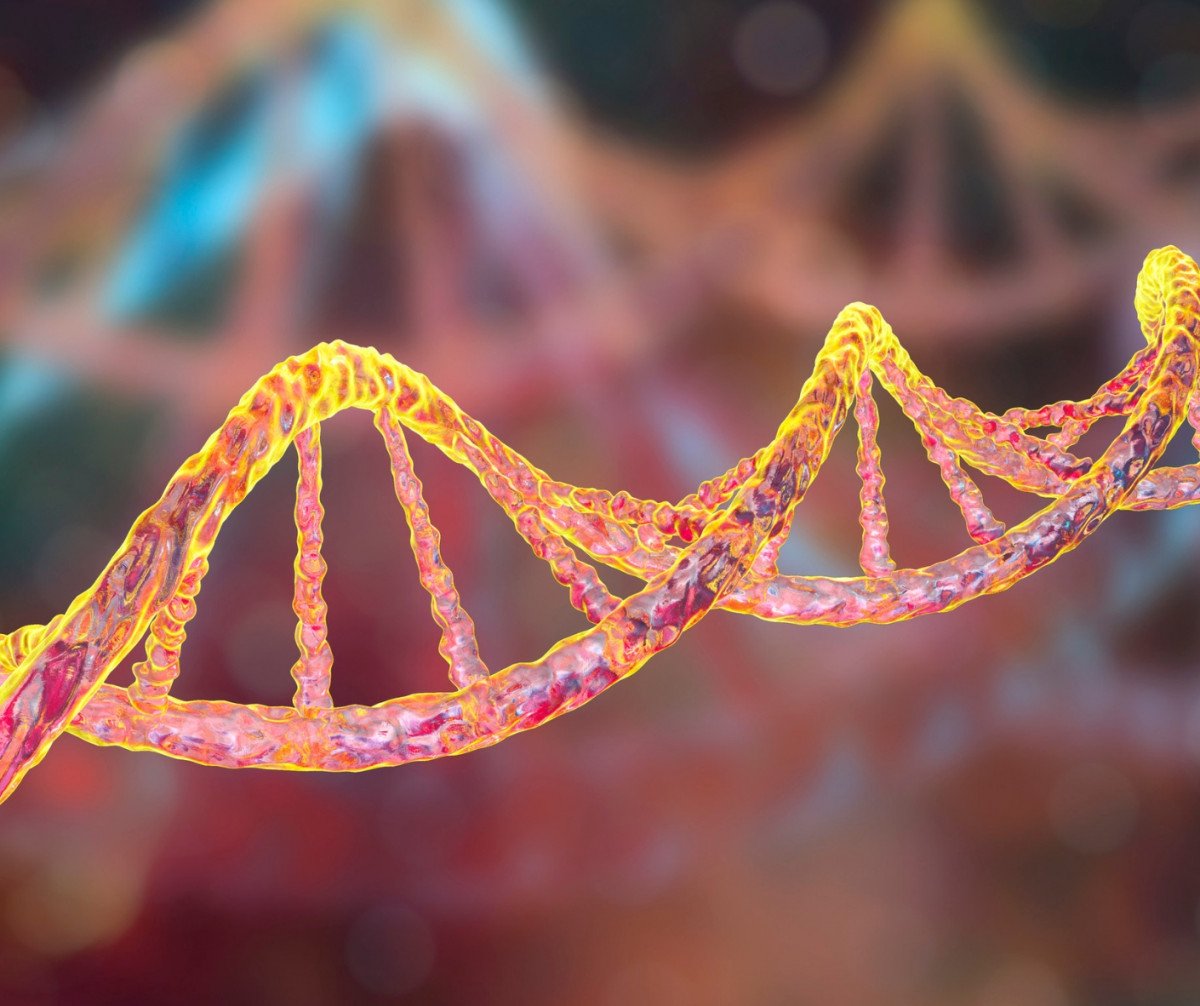
What happens in a Genetics laboratory? (Part III)

Identifying a genetic variant may be a straightforward process, but determining whether it is pathogenic – meaning it has adverse health implications – requires a profound understanding of the specific disease and the involved gene or chromosome.
To initiate this evaluation, it is paramount that a clinical genetics expert has thoroughly assessed the patient, their family members, and their familial medical history, including any prior test results. For example, if the geneticist suspects that a patient may be affected by cystic fibrosis due to characteristic symptoms and familial history of the disease, a sample is collected and sent to a laboratory for further analysis. Furthermore, comprehensive information regarding the patient and their familial background is provided to the laboratory, accompanied by a request to look for mutations associated with cystic fibrosis. If the laboratory successfully identifies a known mutation linked to the disease, this confirms the diagnosis.
We do not always get lucky
In some cases, laboratories may face challenges in determining whether a mutation is responsible for a person's illness. These mutations are often referred to as variants of uncertain significance, and they can be a source of frustration for both patients and healthcare professionals. However, it is crucial for a laboratory not to classify a mutation as harmful unless there is a high level of confidence, as an incorrect diagnosis can have serious consequences.
Additionally, there are situations where a pathogenic variant may not be identified for various reasons:
1. Certain genetic tests may only investigate the most common mutations associated with a specific disease. If the patient carries a rare mutation, it may not be detected.
2. Not all genes responsible for causing diseases are known or understood.
3. The patient may not have the suspected disease, leading geneticists to analyse the wrong gene or genetic variation.
Genetic analysis is rapidly evolving, with new techniques and insights emerging regularly. Therefore, even if a mutation cannot be identified at present, there is always the potential for future advancements to help geneticists in pinpointing such mutation.
Time for diagnosis
When the laboratory knows exactly which mutation to look for (identified in another family member or within a specific region of the responsible gene), the diagnostic process becomes considerably more straightforward, often yielding results within one to two weeks.
However, if there is no prior identification of the mutation in any family member, or if the disease could potentially be caused by multiple genes, the analysis becomes more complicated. Instead of targeting a specific gene region, the necessity may arise to examine the entire gene or even several genes. Moreover, factors such as the gene's size and the technical resources of the laboratory also influence the complexity of the analysis.
For instance, take Duchenne muscular dystrophy as an example. This disease results from mutations in the dystrophin gene, one of the largest known genes. Thousands of mutations have been documented within this gene, making the process of determining the specific mutation in a particular patient a long and labour-intensive endeavour. In contrast, with Huntington's disease, mutations in the huntingtin gene consistently occur in the same region, simplifying the genetic analysis and expediting the process.
The quality of the DNA is another critical consideration. On occasion, it becomes necessary to study the DNA sample from a deceased individual to pinpoint the mutation within a family. If the DNA is significantly degraded, it can prolong the analysis time, and in some cases, there may be insufficient DNA to complete the analysis.
Errors during the diagnostic process
When conducting a diagnosis, several precautions are taken to ensure the precision of the results. Whenever a mutation is identified, results are cross-checked (although a substantial part of the analysis is automated, geneticists conduct a comprehensive review). It is common to repeat the analysis to validate the findings. Furthermore, strict procedures are in place to guarantee the absence of sample mix-ups or any form of confusion. Many laboratories participate in quality control programs, which contribute to the reliability and quality of genetic analyses.
The fate of the sample
Unless a patient specifically requests the removal of their genetic sample following a genetic analysis, it is typically retained. Patients have the right to ask for their sample or its destruction at any time. The sample is not used for any other analyses unless the patient grants explicit consent for such purposes.
As technological advancements continue to unfold, it becomes feasible to conduct new analyses on previously archived samples, for which consent has been granted. Laboratories can anonymise these samples and utilise them for developing novel tests or share them as part of quality control programs unless the individual explicitly states their preference for their sample not to be used in these ways. DNA is regarded as an integral component of a patient's medical history and, as such, is treated with the highest confidentiality.
